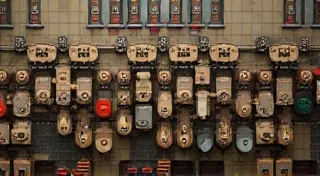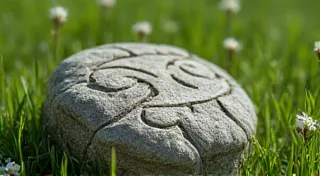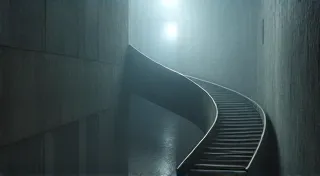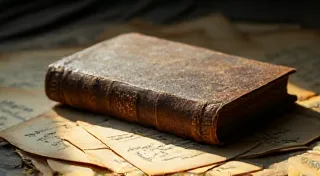Echoes from the Aether: Crafting a Transceiver as a Dialogue with the Cosmos
There's a particular scent that clings to antique accordions – a blend of aged wood, leather, and a ghost of countless melodies played within their bellows. It’s a scent of history, of human artistry, and of connection. Lately, I’m finding that same feeling when I work on my ham radio transceiver project. It’s more than just soldering components and tracing schematics; it’s a dialogue with the past, a reaching out across distances, and a quiet, meditative communion with the universe. The impulse to build, to create something that transmits and receives, feels intrinsically linked to that ancient, artistic drive.
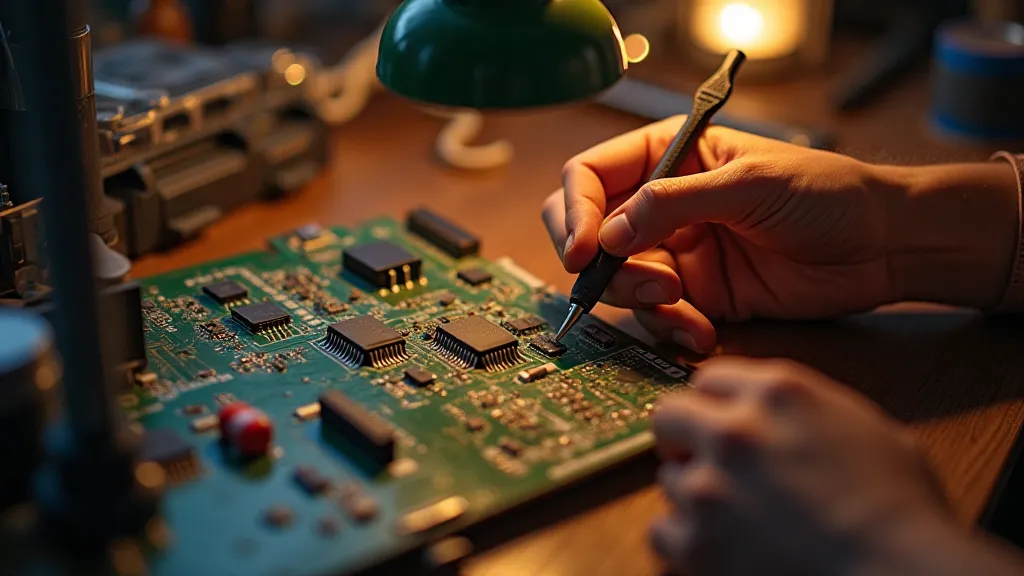
The Whisper of Marconi
The history of radio communication is short, relatively speaking, but utterly transformative. It's easy to take for granted the effortless access to global information we possess today, but just over a century ago, the idea of voices traveling invisibly through the air was the stuff of science fiction. Guglielmo Marconi, the undisputed father of radio, wasn’t driven by a desire for profit or fame, at least not initially. He was a curious inventor, captivated by the possibility of wireless telegraphy, inspired by the work of earlier pioneers. Imagine the quiet determination, the countless experiments, the initial failures before that first, crackling message crossed the Atlantic. It's humbling to think that building a simple transceiver today places me, however modestly, in that lineage of innovators. The early days were also a time of navigating evolving regulations and licensing, which were crucial for ensuring responsible use of the airwaves.
The early days of radio were filled with a sense of wonder and promise. It wasn't just about transmitting messages; it was about forging connections, defying geographical limitations, and experiencing a new sense of shared humanity. During the early 20th century, ship-to-shore communication was a matter of life and death. Amateur radio operators, initially known as "hams," were instrumental in relaying messages during emergencies, a critical role often overlooked in the narrative of technological advancement. The significance of these early contributions spurred a constant need to refine and optimize the systems, demanding an understanding of principles like the geometry of signals and antenna design—a challenge that continues to fascinate radio enthusiasts today.
The Meditative Art of Craftsmanship
There’s a peculiar satisfaction in working with my hands, the slow, deliberate process of bringing a complex system to life. It's a counterpoint to the instant gratification of our digital world. Soldering a component isn't simply about connecting wires; it's about precision, patience, and a profound respect for the materials. There's a tactile intimacy in feeling the warmth of the soldering iron, the subtle give of the wires, and the quiet hum of the electronics slowly coming alive. It mirrors, in a way, the careful tuning of an accordion’s reeds, each adjustment contributing to the richness and resonance of the final sound. The act of designing a suitable antenna, for example, involves a delicate balance – understanding the interplay of wavelength, frequency, and environment.
The act of building a transceiver has become a meditative practice for me. The focus required to trace a circuit diagram, to identify a faulty resistor, to debug a software glitch – these challenges quiet the mental chatter and draw me into the present moment. There's a distinct lack of external pressure, a freedom to experiment and learn from mistakes, which fosters a sense of flow and creativity. It's a form of active mindfulness, far more engaging than passive relaxation. Finding fellow enthusiasts to share experiences and learn from can dramatically enhance the journey, and a vibrant constellation of connections exists within the ham radio community.
Antique accordions, like old radios, often bear the marks of their previous owners – scratches, faded varnish, and subtle repairs that tell stories of years of use and affection. Each imperfection is a testament to the instrument’s journey, a reminder of the human hands that have cradled it and the music it has shared. The meticulous restoration of an old accordion requires not just technical skill but also a deep respect for its history and a desire to preserve its character. Similarly, building a transceiver necessitates a conscious effort to understand the underlying principles and appreciate the ingenuity of the design.
From Schematic to Signal
The process of designing and building a simple transceiver isn’t about creating something entirely new. It's about understanding existing designs, adapting them to my own needs, and learning from the collective wisdom of countless radio enthusiasts who have come before. The schematics themselves are works of art – intricate diagrams that encapsulate a complex system in a compact form. Deciphering these schematics, understanding the function of each component, and tracing the flow of signals – these are the first steps in the journey of creation. As technology advances, the ability to manipulate and process signals digitally is increasingly important, and exploring digital horizons like Software Defined Radio (SDR) offers exciting new possibilities for expanding the capabilities of your transceiver.
Choosing the right components isn’t just about looking at datasheets; it’s about considering the overall performance, the efficiency, and the long-term reliability. There's a satisfaction in sourcing components from different suppliers, comparing prices, and making informed decisions. It's a reminder that even in the age of mass production, there's still room for individual choice and informed judgment. Considerations extend beyond just selecting transistors and capacitors – understanding the intricacies of impedance matching, signal propagation, and noise reduction are also crucial for achieving optimal performance.
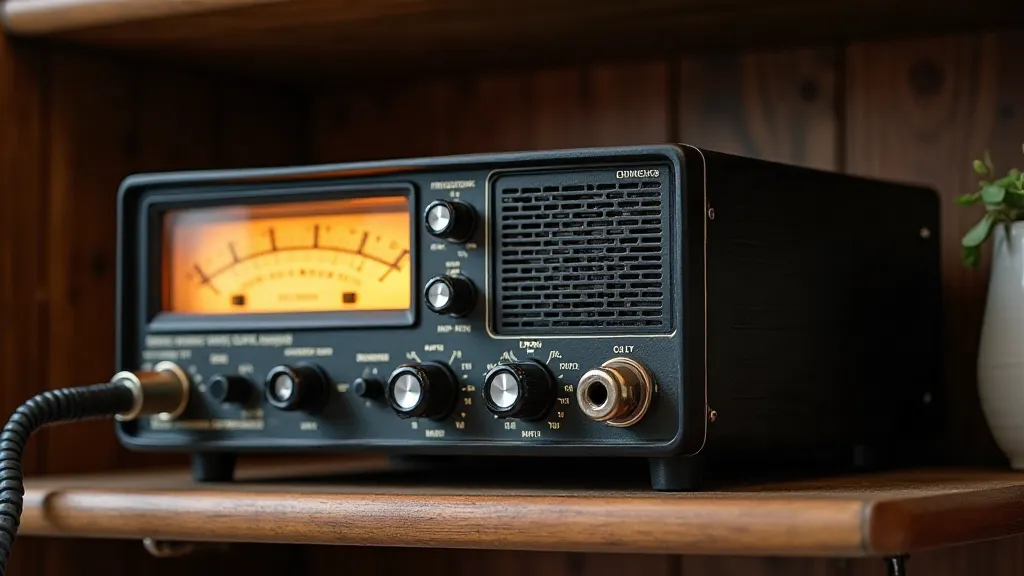
More Than Just a Machine
A ham radio transceiver isn't just a machine for transmitting and receiving signals. It's a gateway to a community of like-minded individuals who share a passion for radio communication, experimentation, and self-reliance. It's a link to the past, a bridge to the future, and a quiet connection to the universe. The ability to contact other radio operators across continents, to share information and experiences, to participate in emergency communication efforts – these are the rewards of building and operating a transceiver. The impact of these connections extends far beyond mere communication, fostering a sense of camaraderie and shared purpose.
It's a return to a slower pace, a deliberate engagement with technology, and a quiet appreciation for the power of human connection. Perhaps, it’s akin to the experience of playing an accordion, not just for the music itself, but for the sense of history, artistry, and the profound joy of creating something beautiful and meaningful. Understanding the physics underlying radio waves and signal processing can be daunting, but resources are abundant for those willing to learn. The pursuit of efficient and reliable communication has always driven innovation, from the earliest wireless experiments to the sophisticated digital systems of today.
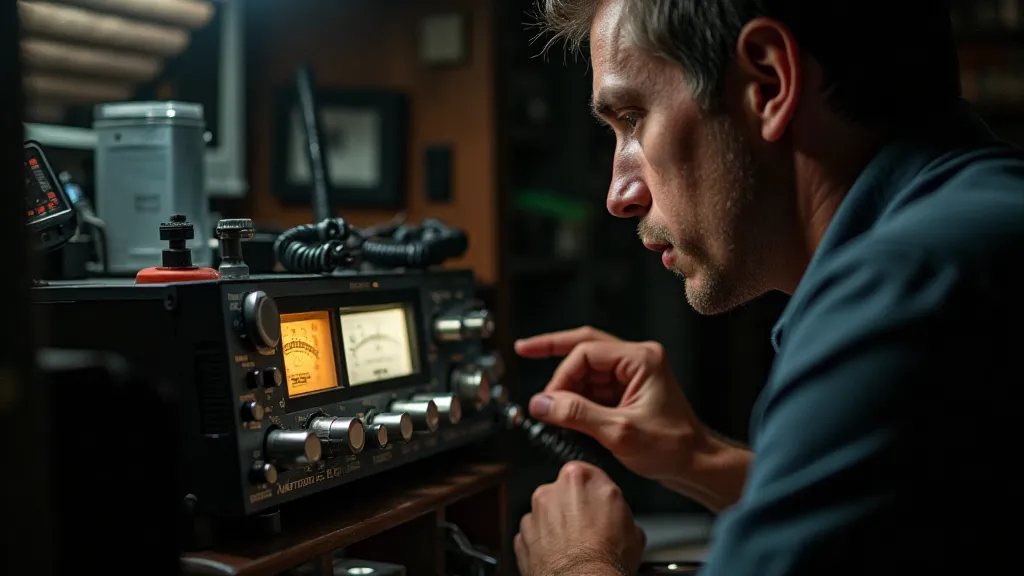
Furthermore, the growing prevalence of digital technology has created new avenues for experimentation and innovation within the ham radio community. The use of open-source software and readily available hardware components allows for unprecedented levels of customization and personalization. The ability to design and build custom circuits and antennas provides a hands-on learning experience that is both rewarding and challenging. The ongoing evolution of radio technology ensures that there will always be new frontiers to explore and new skills to acquire.
The blend of hardware and software involved in modern radio systems has opened up possibilities previously unimaginable. The ability to remotely diagnose and troubleshoot problems is a tremendous asset, allowing enthusiasts to collaborate and share knowledge across geographical boundaries. The ongoing refinement of algorithms and techniques for signal processing and modulation continue to push the boundaries of what is possible. Moreover, the resurgence of interest in analog radio systems, combined with the advancements in digital technology, is creating a unique and exciting hybrid landscape.
The construction of a transceiver is more than just a technical project; it is an exercise in problem-solving, critical thinking, and creativity. From understanding the intricacies of circuit design to troubleshooting software glitches, the process requires a combination of technical knowledge and practical experience. The ability to adapt and learn from mistakes is crucial for success, and the satisfaction of overcoming challenges is immensely rewarding. The collaborative nature of the ham radio community provides a supportive environment for experimentation and innovation.
The ability to communicate across vast distances, to share information and experiences, and to participate in emergency communication efforts are all testament to the enduring power of human ingenuity. The construction and operation of a transceiver represents a tangible connection to the past, a bridge to the future, and a quiet communion with the universe. The echoes from the aether are not just signals; they are stories, connections, and a shared humanity, resonating across distances, uniting us in a common pursuit. Building a simple transceiver is, ultimately, an act of reaching out, a dialogue with the cosmos, and a testament to the enduring power of human ingenuity.


